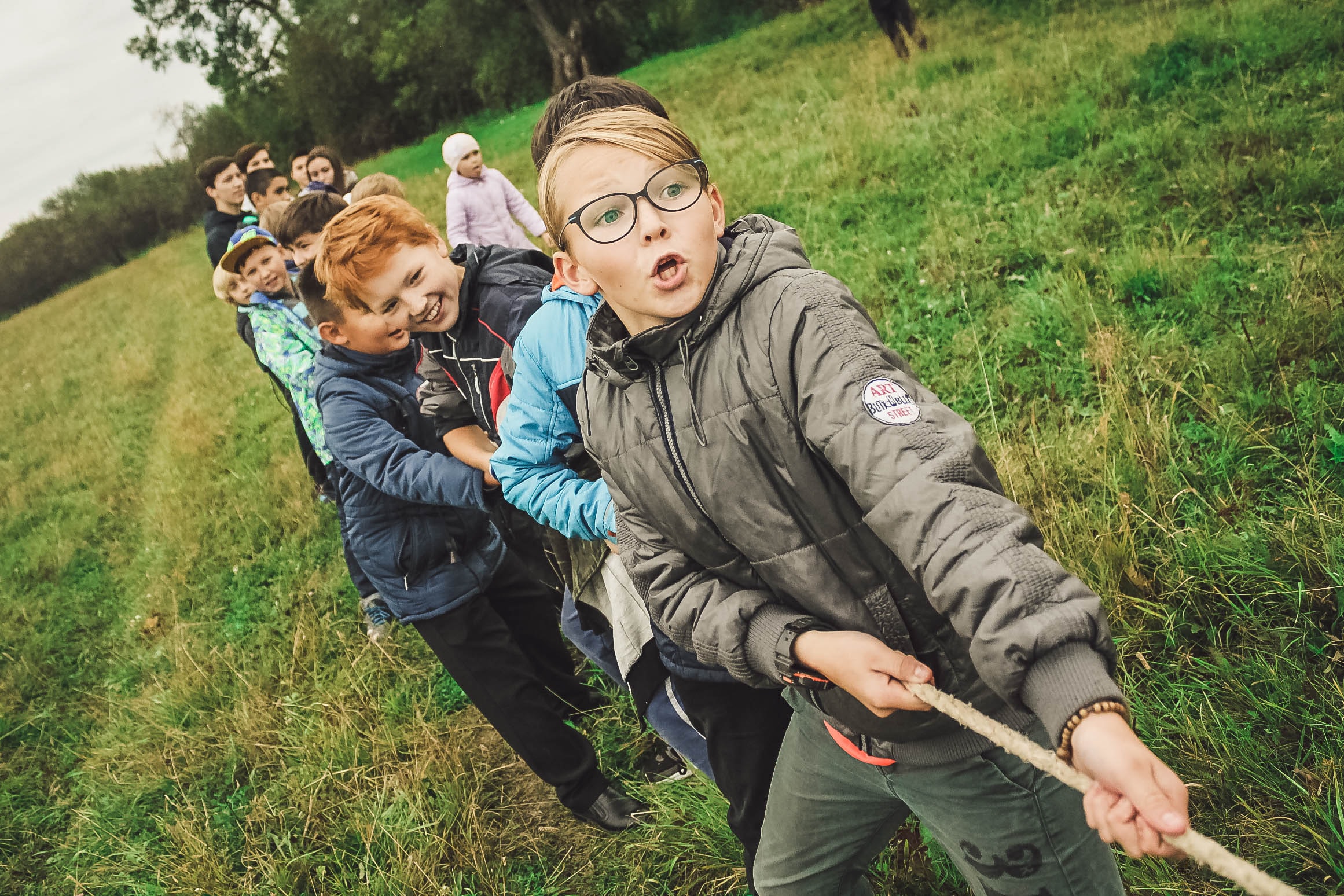Paulette Chaffee, Educator, Shares How Educational Summer Camps Help Students Gain an Edge
As another school year is coming to a close, students are getting excited about their summer plans. However, seasoned educator Paulette Chaffee states that the immediate switch from hard work to hardly any work for more than a couple of weeks can result in a student forgetting critical learning from the closing year. During summer vacation, this lack of exercise for the brain can lead to a “summer slide” or summer learning loss.
Chaffee points out that academic summer camps can assist in keeping the brain engaged and help students develop skills that support their success inside and out of school. When a student attends the right educational camp, summer fun can easily be combined with learning opportunities to help students stay sharp all year long with these innovative teaching strategies:
- Social-Emotional Learning (SEL)
An effective academic summer program does not just focus on helping students retain the information taught during the previous school year. Rather than replicating the familiar feel of a classroom, summer programs incorporating SEL into daily activities use a classic summer-camp approach.
Traditional camp dynamics are an excellent platform for developing critical social-emotional skills. Aspects of camp that support the development of social-emotional skills include a child spending time apart from parents and home, participating in group or team activities, meeting new people, and building friendships.
Not every academic summer camp is a “sleep-away” camp, but that does not mean SEL is not part of a child’s learning experience. Summer camps can continue to embrace SEL with activities that guide students in a safe bully-free space. In addition, activities can encourage participants to solve daily issues independently, set and achieve time-sensitive goals, discover new skills and abilities, boost self-confidence, contribute effectively as a team member, etc.
- Active Learning
Most students are accustomed to their teachers conducting lectures as the typical teaching method in the classroom. Though lectures are a primary choice for many educational programs and schools, they are not always a practical approach for students. Active learning is an innovative learning strategy that is considered a hands-on way for students to proactively connect to the world around them through continuous engagement in their learning process. Through active learning, students will gain skills that will aid them in learning from “real-world” experiences.
- Interdisciplinary Learning
Educational summer camps like EXPLO implement interdisciplinary learning into their program to provide a high-quality learning experience for participating students. EXPLO uses interdisciplinary learning to help instill critical thinking and personal empowerment, setting up the individual for a better future. Alberta Education defines interdisciplinary learning as an approach for students to develop innovative solutions to issues by focusing on more than one discipline and making connections between multiple disciplines.
About Paulette Chaffee
Paulette Chaffee is a teacher, speech therapist, and attorney deeply involved in the Fullerton community. As an educator and member of various non-profit boards, her focus has always been on providing children with the highest quality education. Ms. Chaffee holds bachelor’s and master’s degrees from the University of Redlands, a California Lifetime Teaching Credential, and is admitted to the California Bar.

